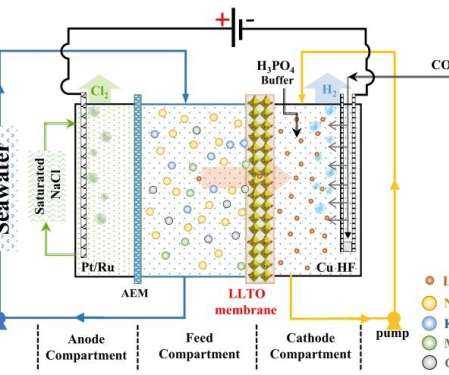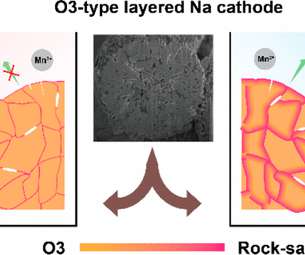KAUST team devises electrically-driven membrane process for seawater lithium mining
Green Car Congress
APRIL 5, 2021
Researchers at King Abdullah University of Science and Technology (KAUST) in Saudi Arabia have developed a continuous electrically-driven membrane process which successfully enriches lithium from seawater samples of the Red Sea by 43,000 times (i.e., ppm) with a nominal Li/Mg selectivity >45 million. —Li et al. to 9013.43
























Let's personalize your content